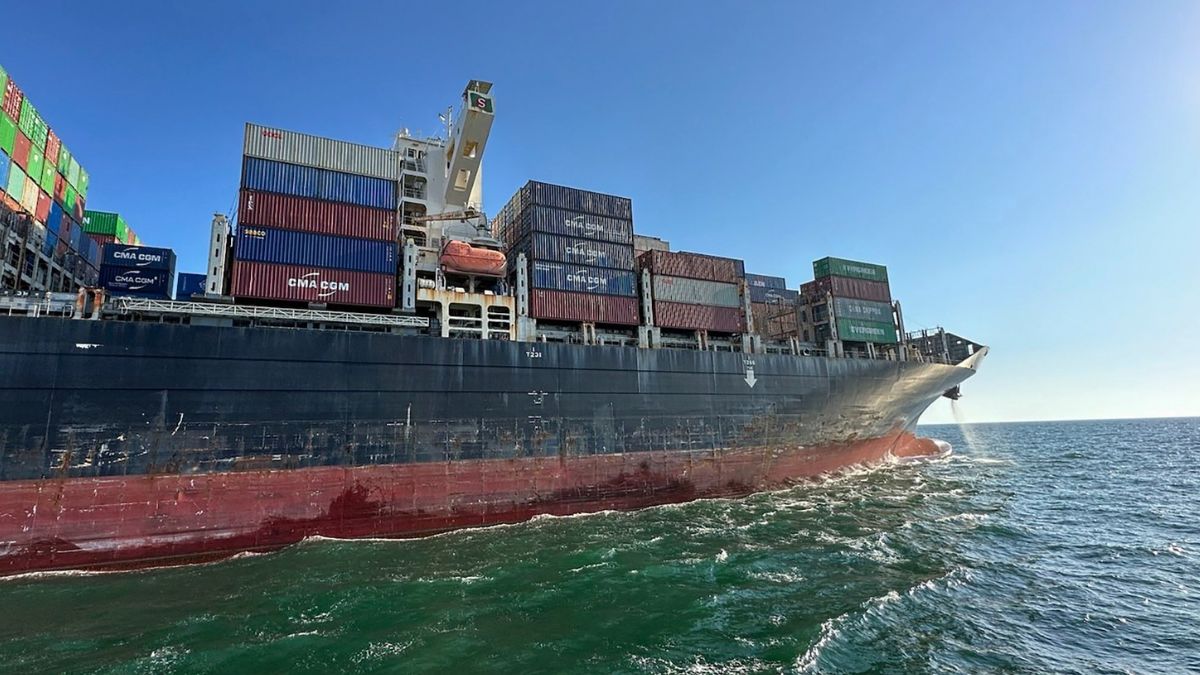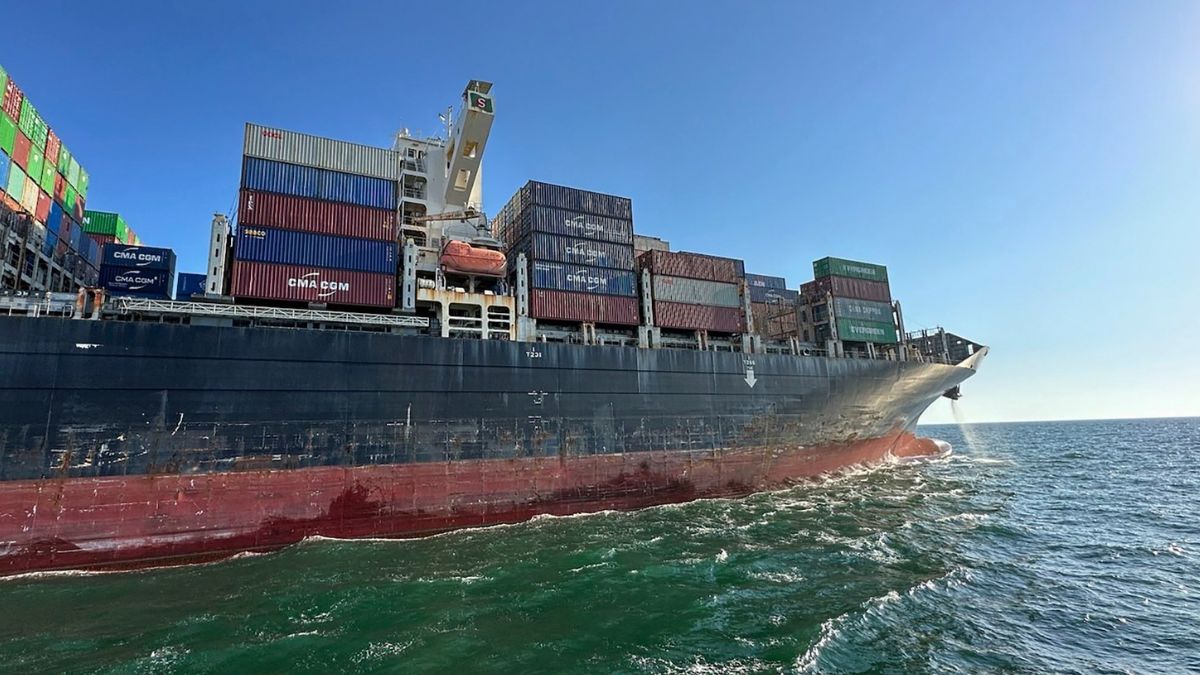Panaji: Christmas and fireworks came three months too soon in the village of Sancoale, in South Goa, when the news of papal approval for Jose Vaz’s process of sainthood in Sri Lanka, filtered into his adopted village on 17 September.
When the long drawn process of cannonisation is finally completed early next year, Vaz, will become the first native Goan to be ordained a saint and only the third Indian to be conferred the Catholic honour.
Vaz, who migrated to Sri Lanka as a missionary in the 17th century, is incidentally the island nation’s first saint.
“In the village I heard fireworks going off, the people were truly overjoyed. It’s finally happening,” said Fr. Eremito Rebello the Rector of the Sanctuary of Blessed Joseph Vaz at Sancoale, the village in which he received his initial schooling and also where the soon-to-be-saint symbolically dedicated his life to the devotion of Mary, the mother of Jesus.
The “real celebration” Rebello said will happen when in January next year, both in Sancoale and in Benaulim, now a resort village in South Goa, 40 km from Panaji, when the ‘Blessed’ prefix before Vaz’s name will be replaced with the more solemn ‘Saint’.
Vaz was born on 21 April, 1651, at a time when the Portuguese were already entrenched in Goa for nearly a 150 years. The great Basque Saint Francis Xavier, who brought Christianity to Goa had already been canonised. The home where he was born in Pulvaddo, Benaulim still exists. This is where he was born, baptized and grew up as a toddler. The Church of St John of the Benaulim parish already has a shrine dedicated to him.
But a much bigger shrine dedicated to Vaz is found at Sancoale, his paternal home, where he grew up. The few surviving rooms of this still in-existence villa were converted into a shrine in course of the sainthood process and is now called the Oratory of Bl. Joseph Vaz. He has no known surviving descendants.
“The entire village of Sancoale today feels sanctified with the knowledge that a saint walked these paths, prayed in these churches,” Fr Eremito said.
Only two native Indians have been declared saints prior to Vaz – Gonsalo Garcia, a lad born in Vasai to a Portuguese father and Indian mother, went on to be a missionary in Japan where he was martyred by the ruling shogun, and Alphonsa a devout nun hailing from Kerala.
Vaz’s announcement is especially significant since Catholic saints of third world ethnicity are few and far in between. Earlier, saints identified as ‘Indian’ including St Francis Xavier and mother Teresa were of European origin.
According to Fr. Gregory Naik, a Jesuit archivist, Vaz was did most of his schooling and higher studies under Jesuit teachers, before parting ways to become a Diocesan priest.
“He learnt to read and write under another Jesuit Father in Sancoale and then Latin in our school in Benaulim. Finally, he went to our St. Paul’s College in Old Goa for his higher secondary education to learn, arts, rhetoric and the humanities,” Naik said. Old Goa was once the capital of the Portuguese Indian territories, before it was shifted to Panjim in the mid-18th century, following a plague.
Why Vaz chose to shift to the Dominican seminary of St Thomas Aquinas is unclear, Naik says.
“He learnt to read and write under another Jesuit Father in Sancoale and then Latin in our school in Benaulim. Finally, he went to our St. Paul’s College in Old Goa for his higher secondary education to learn, arts, rhetoric and the humanities,” Naik told Firstpost.
His credentials were so solid that he was ordained a secular (Diocesan) priest in 1676, at a time when no native Indians were being admitting into religious orders (the first native became a religious priest only in 1700).
Vaz’s journey to his karmabhoomi Sri Lanka is as religious as it was to do with the geopolitical realities of the time. The Portuguese had lost Sri Lanka to the Dutch in 1662. Under the Dutch, Calvinism, a major Protestant branch was the official religion and reports of Catholics being persecuted started filtering into Portuguese-held territories.
Vaz is credited with having entered into Sri Lanka disguised as a coolie (his native complexion clearly helping) and preached and propagated the Catholic faith, all the while living under the scanner of the ruling Dutch, after the island was officially abandoned by the Portuguese and the priests along with them.
Despite the struggles, Vaz continued to communicate with Goa through letters smuggled out of the country by the Jesuits.
Jesuit archives reveal that Fr. Andrew Freyre the Jesuit provincial of the Malabar region had reported to the Viceroy of Goa that Vaz had worked in the district of Jaffnapatam “with apostolic spirit and zeal” and that he were “held by all to be a saint.”
The official process of sainthood involves initiating a process including documenting testimonies, writings and everything known about the saint as well as the need for two documented miracles.
In Vaz’ case, Pope Francis has waived the need for a second miracle.
His cause for sainthood began in 1737, barely 36 years after his death by the Jesuit Bishop of Cochin Dom Francisco de Vasconcellos. It was however, asked to be reinitiated due to “non-fulfilment of certain essential formalities” and was reinitiated only in 1953 after a first miracle attributed to Vaz took place in 1938.
The miraculous birth of Fr Cosme José Vaz CN Costa in November 1938, when doctors had given a 99 percent chance that both the mother and child would die due to severe hemorrhage was finally approved as a miracle by Pope John Paul II in 1993 leading to José Vaz’ beatification in Sri Lanka in 1995.


)




)
)
)
)
)
)
)
)